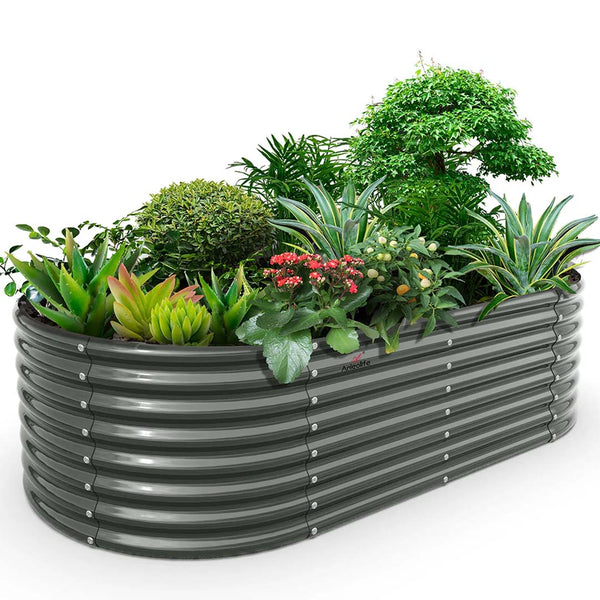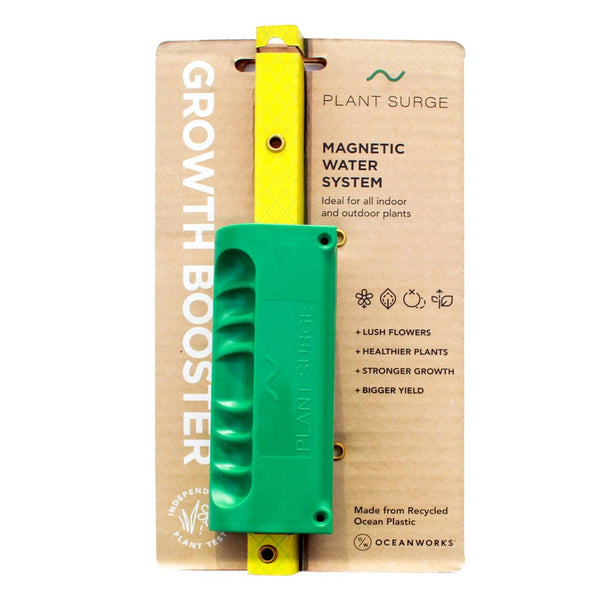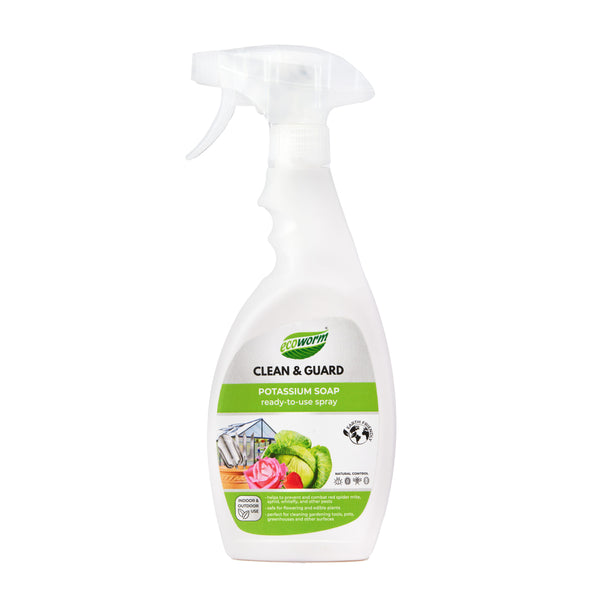The Standing Height Solution: Tall Raised Garden Beds That Eliminate Bending Forever

Raised Garden Bed Basics
Height and Width Considerations
Alright, let's talk about raised garden beds. You know, those nifty boxes that let you grow your veggies without breaking your back. The height and width of these beds are pretty important. You can go as low as 8 inches or as high as 30 inches. The taller ones are great because they save you from bending over like a pretzel, and they keep those pesky rabbits away from your lettuce buffet (Journey with Jill).
| Height (inches) | Benefits |
|---|---|
| 6 | Perfect for shallow-rooted plants like lettuce and herbs |
| 18 | Great for bigger root systems like tomatoes and squash |
| 24 | A sweet spot for a variety of plants and your back's happiness |
Now, let's chat about width. You don't want your bed too skinny, or your plants will feel cramped. The minimum width is 18 inches, but two feet is even better. If you go wider than four feet, you'll need arms like Stretch Armstrong to reach the middle (Gardenary).
Soil Depth and Plant Selection
Soil depth is another biggie when it comes to raised beds. It decides what kind of plants you can grow. A six-inch-deep bed is the bare minimum for things like lettuce and herbs with shallow roots (Gardenary).
| Soil Depth (inches) | Suitable Plants |
|---|---|
| 6 | Lettuce, herbs, shallow-rooted plants |
| 18 | Tomatoes, cucumbers, squash, kale |
| 24 | A wide range of plants, plus better drainage |
For those big guys like tomatoes and squash, you'll need at least 18 inches of soil. They like to spread out and soak up nutrients. A two-foot-deep bed is the gold standard for growing a bunch of different plants and making your gardening life easier. Plus, it looks nice and keeps your back from complaining (Gardenary).
By keeping these things in mind, you can whip up a raised garden bed that suits your style and helps your plants thrive. If you're itching to get started, check out our guide on raised garden kits and raised bed planner. Happy gardening!
Materials for Raised Garden Beds
Picking the right stuff for your raised garden bed is like choosing the perfect outfit for a party—it’s gotta look good, last long, and do the job right. We’re gonna chat about wood, steel, and stone, so let’s get into it.
Wood, Steel, and Stone Options
Wood
Wood’s the go-to for most folks when it comes to raised garden beds. It’s easy on the wallet and looks like it belongs in your backyard. Cedar, redwood, cypress, and hemlock are the tough guys in the wood world, sticking around for years. Thicker boards mean more muscle, so aim for at least two inches thick.
| Wood Type | Durability | Cost | Thickness Recommendation |
|---|---|---|---|
| Cedar | High | Low | 2 inches |
| Redwood | High | Medium | 2 inches |
| Cypress | High | Medium | 2 inches |
| Hemlock | Medium | Low | 2 inches |
If you’re tired of your wooden beds turning into mush, try treated wood or slap on a sealant to keep them going strong. For more tips on raised garden bed construction, check out our detailed guide.
Steel
Steel beds are like the superheroes of the garden world—tough and long-lasting. With a bit of rust protection, they can stick around for decades. Corten and powder-coated steel are the stars here, and if you’re feeling thrifty, stainless or galvanized steel water troughs can be turned into nifty little garden beds.
| Steel Type | Durability | Cost | Special Features |
|---|---|---|---|
| Corten Steel | High | High | Rust-resistant |
| Powder-coated Steel | High | Medium | Rust-resistant |
| Stainless Steel | High | Medium | Food-safe |
| Galvanized Steel | High | Low | Affordable |
Steel beds are perfect for folks who’ve had their soil cooked by metal beds. They’re tough and ready to handle whatever you throw at them. For more info on metal raised garden beds, visit our comprehensive article.
Stone
Stone is the king of durability and looks. It’s food-safe and can often be found nearby, making it a solid choice for those who want their garden to last and look good doing it (Gardenary).
| Stone Type | Durability | Cost | Aesthetic Appeal |
|---|---|---|---|
| Natural Stone | Very High | High | High |
| Manufactured Stone | High | Medium | Medium |
Stone beds are for those who want their garden to be the talk of the town. They can handle whatever Mother Nature throws at them and add a touch of class to your outdoor space. For more ideas on raised flower beds, explore our design inspirations.
When picking materials for your raised garden bed, think about how natural they are, how long they’ll last, how good they look, if they’re eco-friendly, and how much they’ll cost. Go for stuff that’s close to nature, tough enough to handle the weather, matches your home’s vibe, is sustainably sourced, and fits your budget.
For more info on setting up and keeping your raised garden bed in tip-top shape, check out our articles on raised garden kits and raised bed planner.
Benefits of Raised Garden Beds
Raised garden beds are like the VIP section for your plants, offering perks that make them a top pick for both newbies and seasoned green thumbs. Let's chat about why they're awesome, from better drainage and soil to keeping pests and weeds at bay.

Improved Drainage and Soil Quality
One of the coolest things about raised garden beds is the control you get over the dirt. You can whip up the perfect soil cocktail, which is a lifesaver if your backyard dirt is more like a swamp or just plain lousy (Homestead and Chill). This soil control means your plants can grow like they're on steroids, giving you a bumper crop.
Raised beds usually have deep soil, which is like giving your plants a penthouse suite for their roots. Bigger roots mean bigger plants, and experts say you should aim for at least a foot deep for veggies like tomatoes, peppers, and kale (Homestead and Chill). This depth lets roots dig deep, making your garden flourish.
| Benefit | Description |
|---|---|
| Soil Quality | You control the soil mix and nutrients |
| Drainage | No more soggy plants, thanks to better drainage |
| Root Space | Deep soil gives roots room to stretch out |
Pest Control and Weed Suppression
Raised garden beds are like a fortress against pesky critters. They keep out burrowing troublemakers like gophers and moles, especially if you line them with hardware cloth. No need for traps or poison—your plants stay safe naturally. It's a win-win for gardeners who want to protect their crops without going all chemical warfare.
Weeds? Forget about 'em. Raised beds have tall sides that act like a moat, keeping weeds from sneaking in from the paths. Plus, you can use weed barrier stuff underneath to stop them from sprouting up. Less weeding means more time to enjoy your garden.
| Benefit | Description |
|---|---|
| Pest Control | Keeps burrowing pests out |
| Weed Suppression | Tall sides and barriers keep weeds away |
Raised garden beds boost your garden's output by giving roots more room, better soil, drainage, and warmth. The depth lets roots dig deep, making plants thrive. Plus, raised beds offer superior soil quality, drainage, and warmth compared to in-ground gardens, leading to a garden that's bursting with life (Gardenary).
Want to get started with your own raised garden bed? Check out our guide on raised garden bed kits and raised garden boxes DIY.
Setting Up Raised Garden Beds
Setting up tall raised garden beds can really change the way you garden, making it easier and less of a workout. Let's jump into how to build, set up, and plant in your raised garden bed so you can get growing without a hitch.
Construction and Installation
Building a raised garden bed is pretty straightforward. Here's a simple guide to get you rolling:
- Materials Needed:
- 2-by-4s for the frame
- Corner posts for support
- Screws
- Drill
- Saw
- Wide-mesh hardware cloth or landscape fabric
- Building the Frame:
- Cut the 2-by-4s to the size you want for your garden bed.
- Drill pilot holes in the boards to keep them from splitting.
- Attach the corner posts inside the frame with screws.
- Connect all sides to make a sturdy box.
- Preparing the Base:
- Staple wide-mesh hardware cloth to the bottom to keep weeds out but let earthworms in to help the soil.
- Or, use landscape fabric or newspaper to stop weeds from sneaking in from below (Lowe's).
Filling and Planting Guidelines
Once your raised garden bed is built, it's time to fill it with soil and get planting. Here's how to do it right:
- Filling the Bed:
- Use top-notch soil and compost to fill the bed. This gives your plants the nutrients they need to grow strong.
- Keep the soil loose around the plants so water can easily reach the roots.
- Plant Selection:
- Pick plants that fit your area and climate. Think about sunlight, water needs, and how they grow.
- Mix it up with veggies, herbs, and flowers for a colorful garden.
- Watering:
- Water your plants in the morning to cut down on evaporation and keep them hydrated all day.
- Use a water timer on a soaker hose or drip irrigation system for easy watering.
- Maintenance:
- Raised beds need less yearly upkeep than regular gardens. Clear out debris and add compost each season to keep the soil healthy.
- The raised design helps keep weeds and pests at bay, making maintenance a breeze.
By following these building and planting tips, you can create a garden that's easy to care for and open to everyone. For more gardening tips, check out our articles on raised garden bed and gardening in raised beds.
























